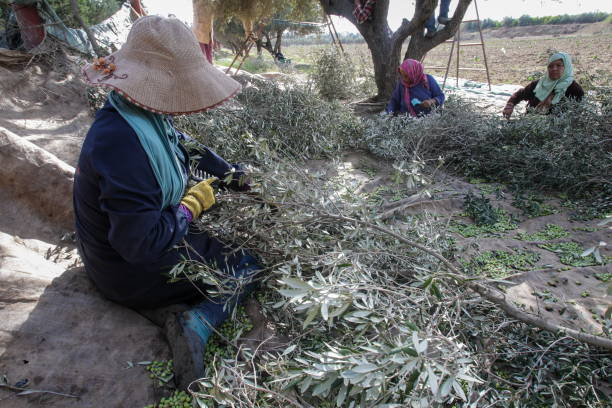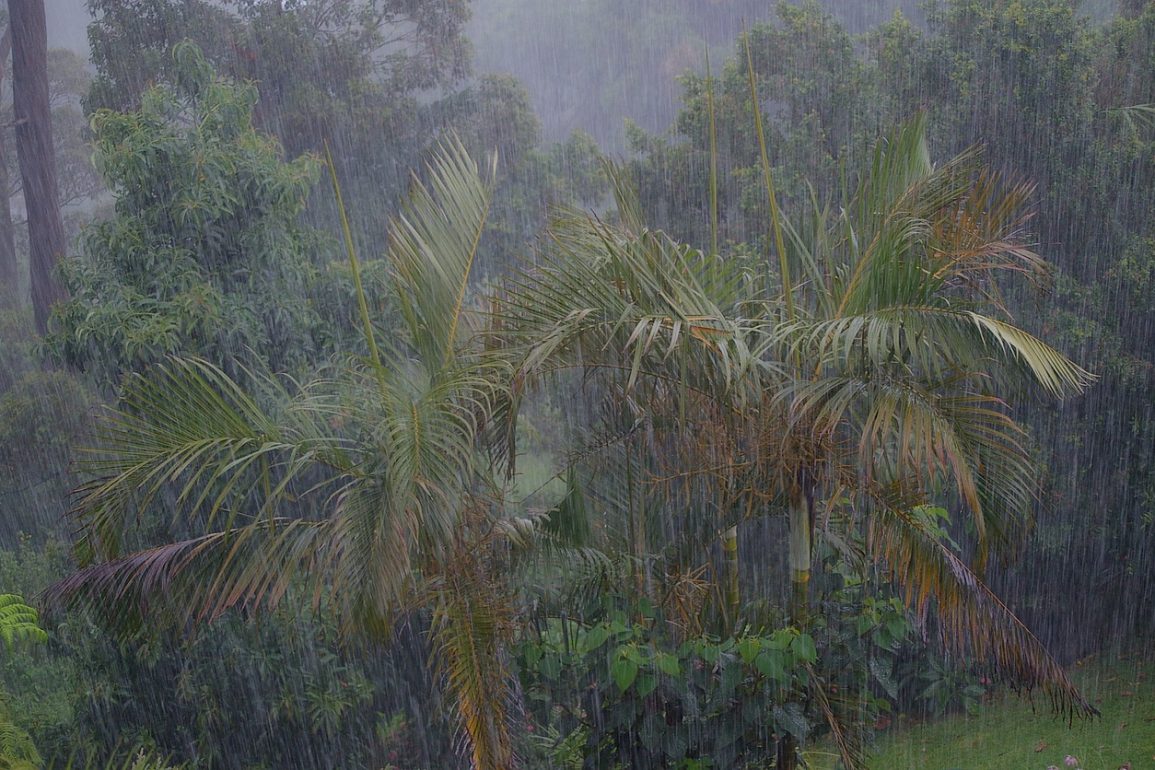A recent study reveals how climate change, combined with ocean oscillations, is transforming weather patterns in East Africa’s Mara-Serengeti ecosystem.
Led by researchers Joseph Ogutu, Isaiah Obara, and Holly Dublin, the study was published on October 2 in PLOS Climate. It underscores the complexity of regional climate effects in the Southern Hemisphere, which remain less understood than global trends.
In East Africa, climate changes manifest through fluctuating wind and sea surface temperatures, driven primarily by the El Niño-Southern Oscillation (ENSO) in the Pacific and the Indian Niño in the Indian Ocean.
These cycles impact local rainfall and temperature patterns, causing unpredictable droughts and wet conditions.
Using diverse climate models, the researchers analyzed decades of rainfall, temperature, and vegetation data for the Mara-Serengeti.
Their findings indicate a temperature rise of up to 5.8 degrees Celsius over 60 years, paired with recurring severe droughts.

Despite variations in seasonal rainfall, average annual rainfall has remained consistent. However, 2010-2020 saw increased rainfall, likely linked to the Indian Niño and global warming.
The study highlights that climate change’s impact on rainfall and temperature in the Mara-Serengeti presents major challenges.
Droughts elevate starvation risks for wildlife and shrink wetlands, leading to intensified human-wildlife conflict, while heavy rainfall may damage habitats.
These disruptions threaten wildlife and add complexity to regional conservation.
The researchers advocate for targeted climate adaptation strategies to help mitigate these effects on wildlife and communities in the region.
“The Mara-Serengeti ecosystem,” they note, “faces severe threats from warming temperatures, habitat loss, and erratic climate events.”
Their findings emphasize the need for informed environmental planning to protect this vulnerable ecosystem.

